
Cold hands and feet are not necessarily due to cold weather, they can be a sign of 4 da.ng.erous di.seases
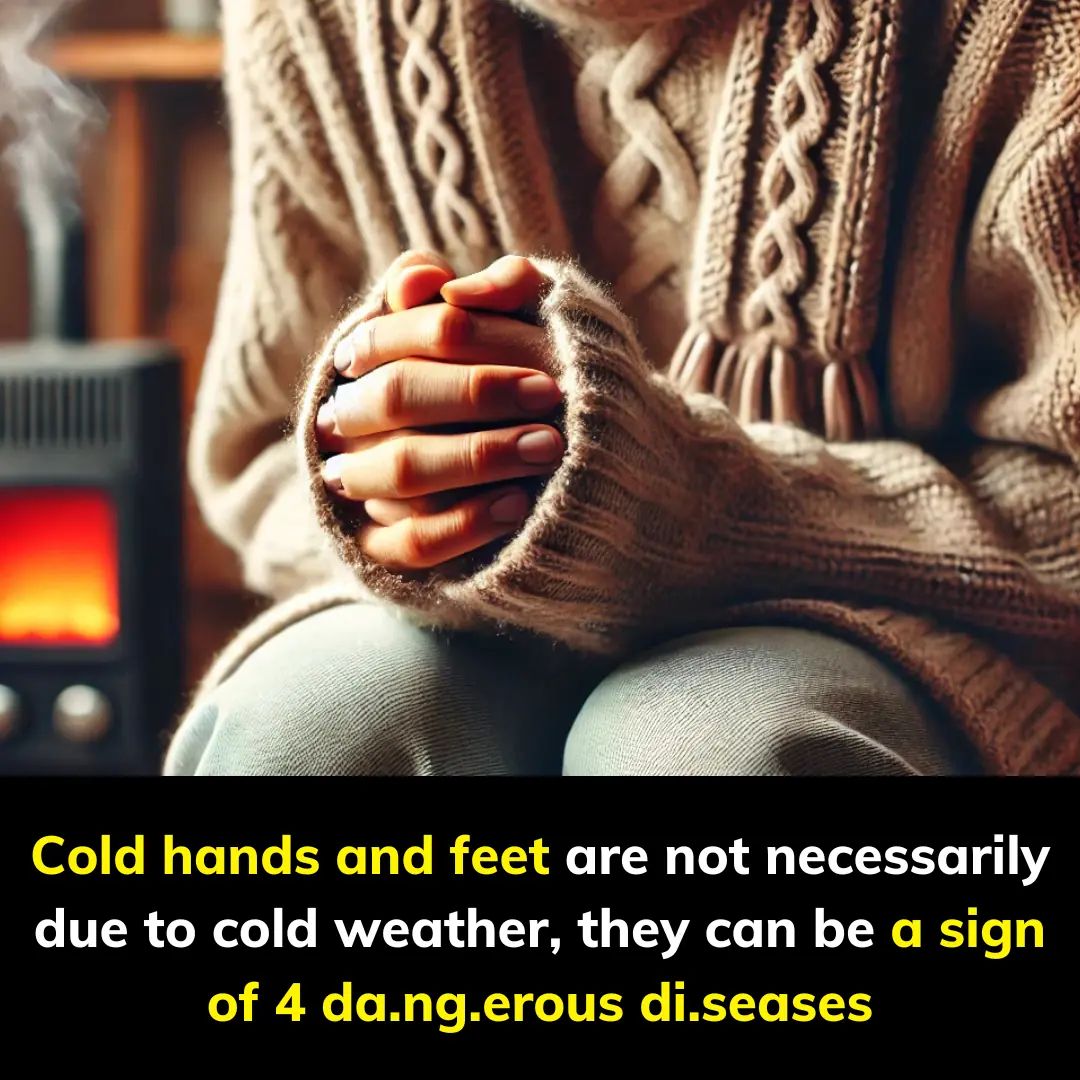
What is cold hands and feet?
The hands and feet usually have a lower temperature than other parts of the body. Therefore, in winter, the hands and feet are often the most susceptible to cold. Cold hands and feet due to not keeping warm is normal. However, in some cases, cold hands and feet occur all year round, even when the weather is warm, which is a sign to pay attention to.
- Cold hands and feet due to anemia
Cold hands and feet can be a sign of iron deficiency anemia. Nutritionist Alyssa Tucci, from New York (USA) explains that red blood cells need iron to carry oxygen into the blood. When iron levels are low, the body is damaged, causing anemia, the most obvious symptom of which is that the palms and soles of the feet are always cold.
- Rheumatism
Raynaud's syndrome is also a cause of cold hands and feet. People with this syndrome will have the body's self-regulating reflex in a state of hypersensitivity, hypersensitivity to small changes in outside temperature. At that time, fingers and toes are easily cold and purple. When it's cold, these parts become swollen. Raynaud's syndrome can also be accompanied by secondary rheumatism.
- Kidney failure
Weak kidneys are also one of the causes of cold hands and feet. Symptoms of kidney failure often occur suddenly, causing the patient to feel cold as if a cold wind suddenly blew through. The patient may feel cold in the limbs even in the middle of summer. The cold feeling can spread to the knees and elbows.
In addition, people with kidney failure also have some symptoms such as urinating more than 8 times/day, back pain, knee pain, fatigue, insomnia.
- Stroke
In the early stages of a stroke, the patient may feel pain in the calf, the skin on the sole of the foot is cold, the pain occurs more when moving, and the pain will go away when resting.
Some measures to limit cold hands and feet
- Foot soak
Soaking feet in warm water for 10-15 minutes can help blood circulate better to the feet, reducing the feeling of cold feet. This should be done every day before going to bed.
Note, people with peripheral nerve damage due to diabetes should be careful when soaking their feet in warm water because their sense of temperature is not accurate, making them susceptible to burns.
- Wear socks and warm shoes
chan-tay-lanh-phunutoday-02
People with cold feet should keep warm by wearing socks and warm shoes. Even when indoors, wearing socks and slippers or using carpets is also a good solution to keep feet less cold.
- Use a heating pad
A heating pad is an effective way to keep both hands and feet warm in winter. Currently, there are many types of heating pads and compact heaters that users can carry and use anywhere.
News in the same category


She Walked Away and Chose Her Son Over Me — But It Was Grandma Who Stepped In and Taught Her a Lesson That Changed Everything Forever
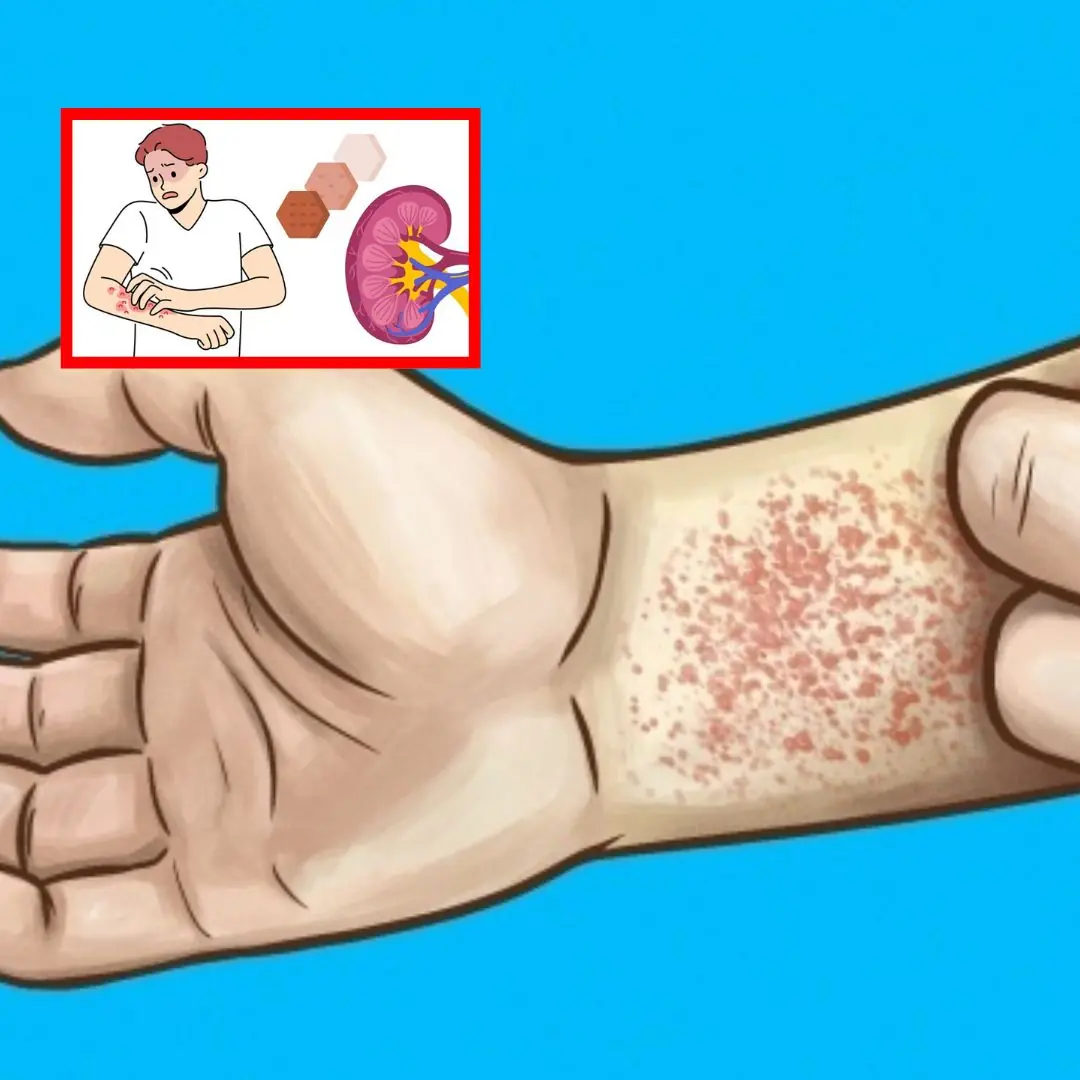
10 signs that you have kidney disease without knowing it

10 Warning Signs That May Indicate Abnormal Cell Growth in the Body
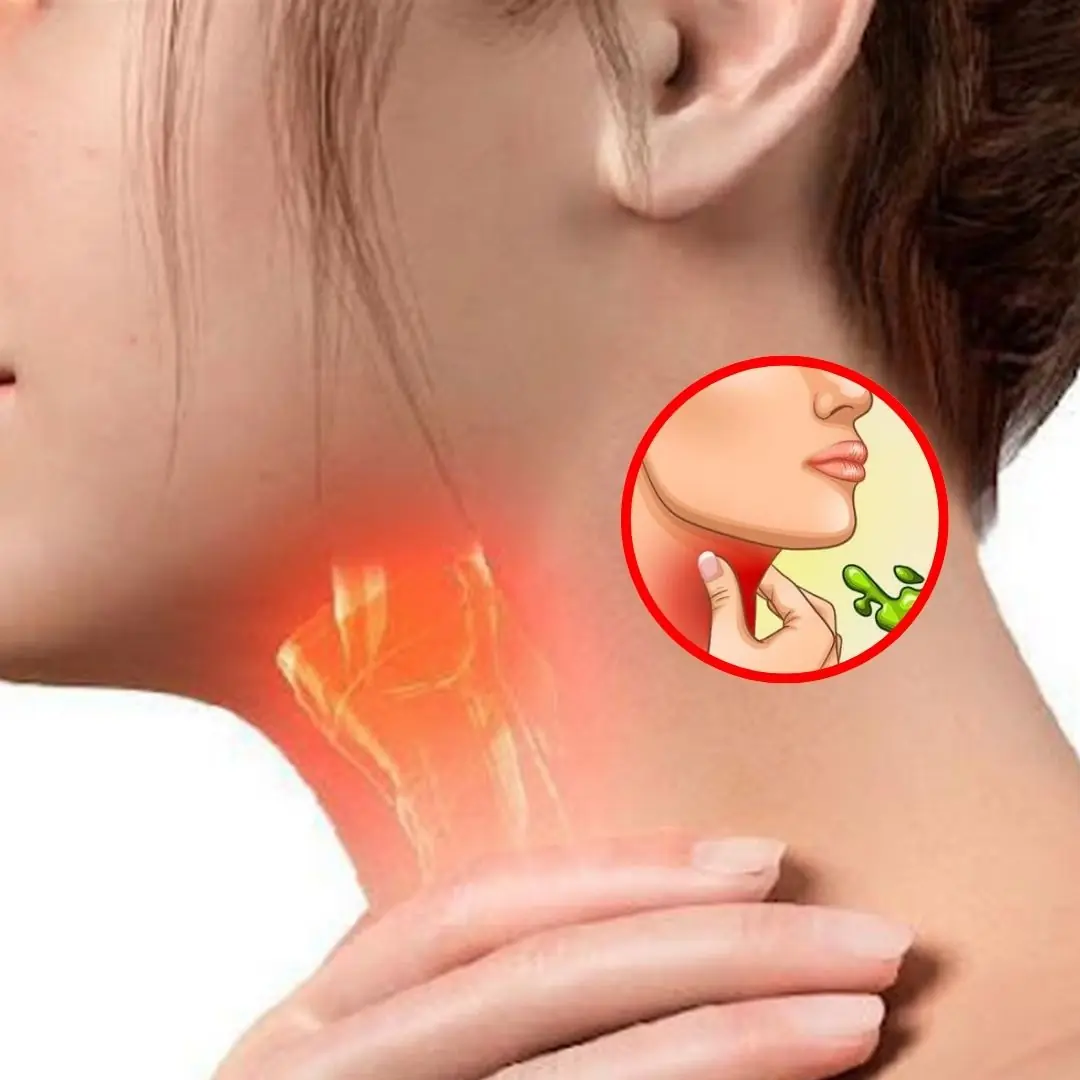
8 Ways To Get Rid Of Phlegm And Mucus In Chest And Throat
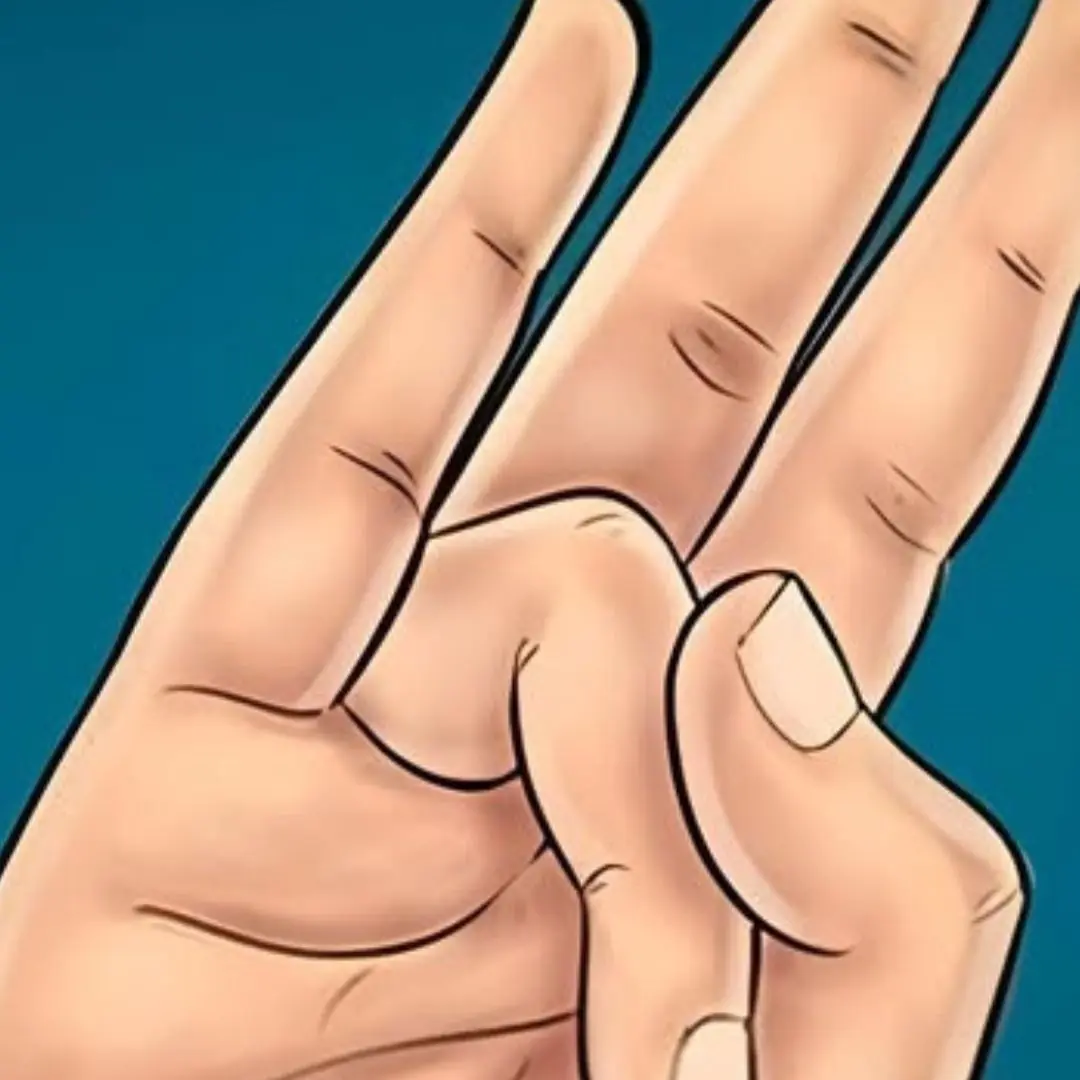
Stretch your ring finger with your thumb and hold it for a few seconds. you'll love the reason!

4 “Can.cer-Causing Culprits” Hiding Quietly in Your Home

Black beans combine these two types of seeds to become a 'miracle drug': Increase collagen production, slow down aging, prolong life 👇 👇

Woman goes to the doctor for indigestion, finds out she has liver can.cer: Doctor panics: "Who eats breakfast like this for 20 years?"

9 foods with natural anti-can.cer prop.erties, eat regularly and can.cer cells will "not have a chance to visit" 👇
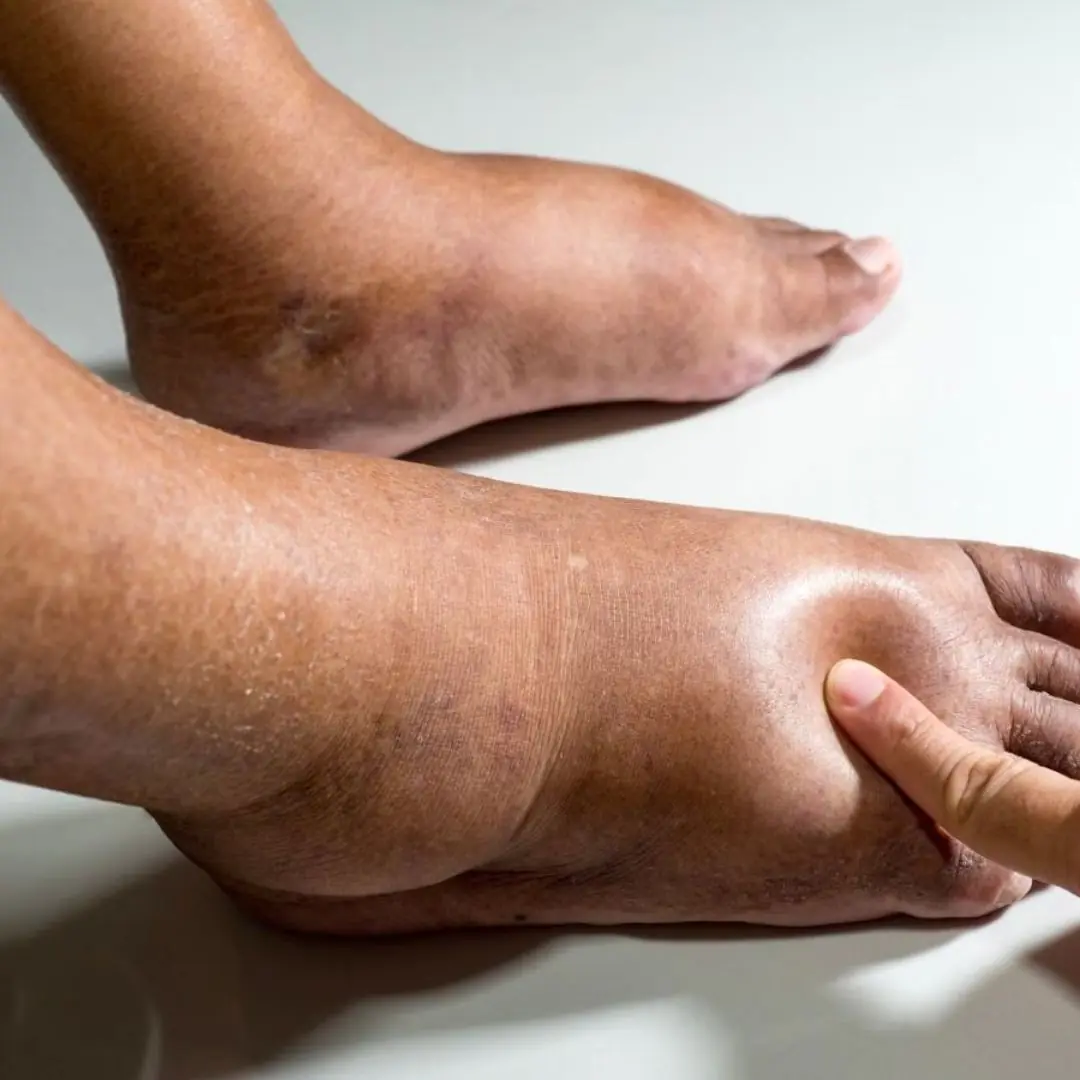
Foods that can ease swelling in hands and feet
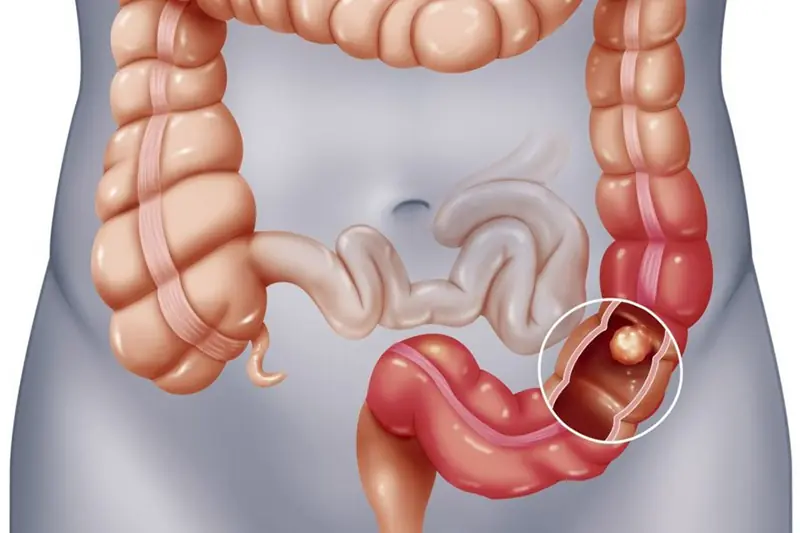
5 signs to help detect colitis early, the first signs of which are often overlooked

6 Foods You Should Never Combine With Honey
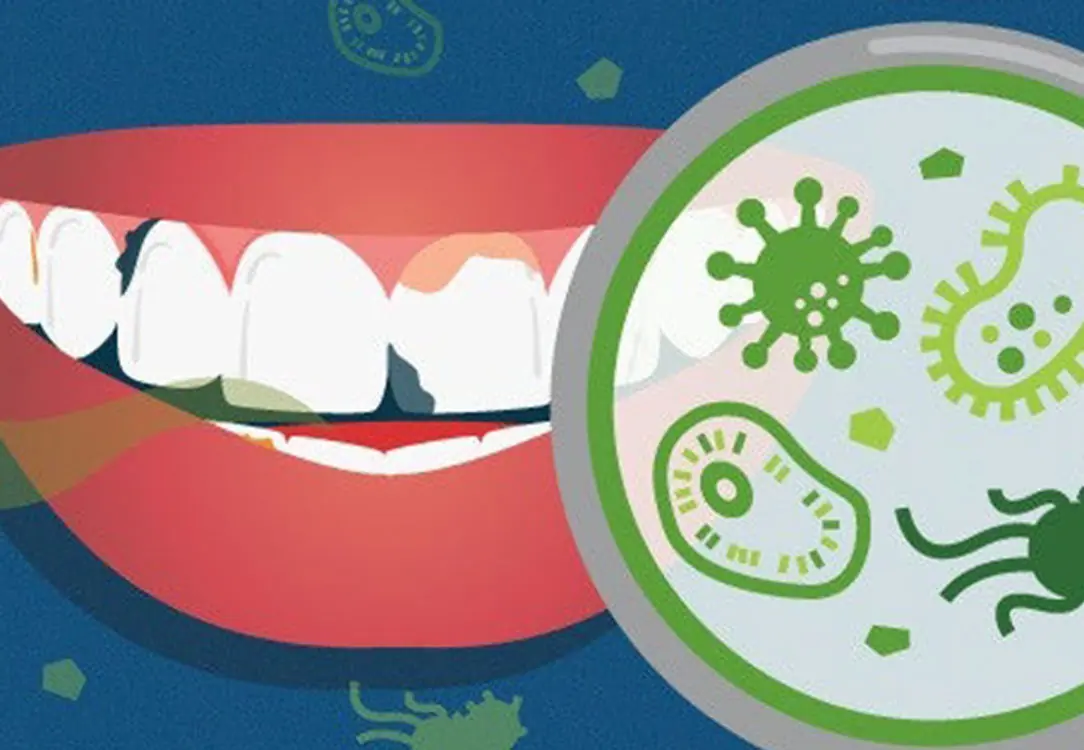
Poor Oral Health Linked to Increased S.troke Risk
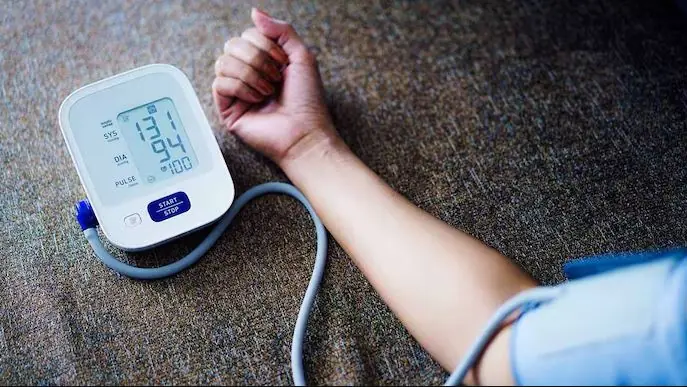
5 Silent Warning Signs of High B.lood Pressure You Should Never Ignore

She Spotted These 5 Colon Ca.nc.er Symptoms Early — Here’s What You Should Watch For
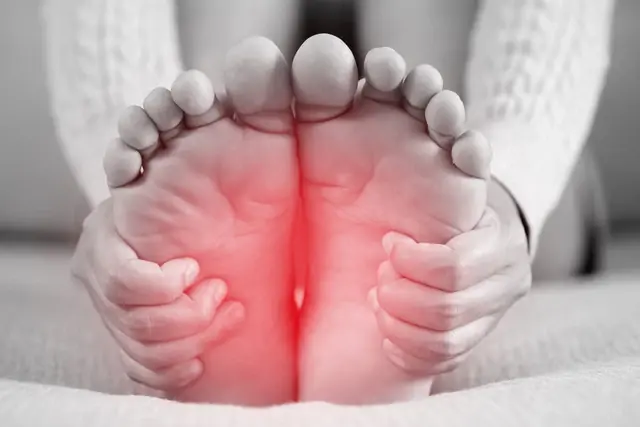
If your feet show these 5 signs, it may be a warning of a serious condition

Cervical Can.cer: Are You in a High-Risk Group?

6 Silent Warn.ing Signs of Br.east Can.cer Women Often Miss — Don't Ignore These Signals
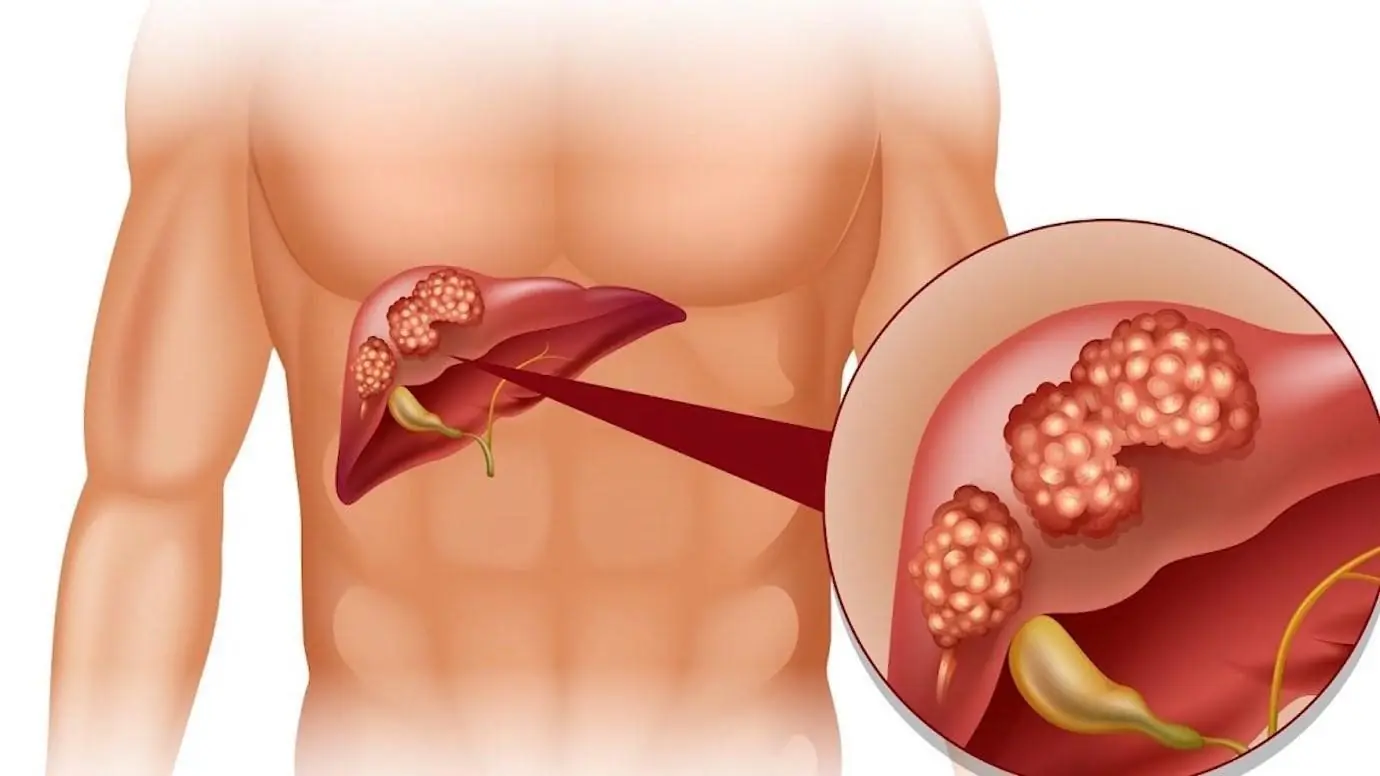
Your Li.ver Is Tired — 7 Hidden Signs You’re Mistaking for “Normal” Stress
News Post

Cranberry & Spinach Stuffed Chicken Breasts with Brie — An Elegant, Flavorful Dish for Home Cooking

I Married My College Sweetheart—Then Found Out He Was Still In Love With My Sister

Panna Cotta with Raspberry Sauce

My Best Friend Became My Boss—and Suddenly I Was Fired Over Her Revenge

Mango Yogurt Smoothie Parfait

Mix Rice With This Ingredient and Place It in the Corners of Your House

Honey Garlic Crispy Chicken – Recipe

Shrimp & Broccoli Stir-Fry (Garlic Teriyaki Style)

George, the Brave Little Terrier Who Saved Five Children

Herb Butter Chicken with Mashed Potatoes & Roasted Carrots

Oven-Baked Chicken Thighs with Potatoes

The Lantern Dog of Maple Street

Refusing to Serve: A Bride’s Stand Against Endless Family Chores

A Family’s Hidden Financial Divide: When Favoritism Leads to Collapse

After my daughter’s funeral, I accidentally overheard a conversation of my fiancé. At that moment, I realized: not a single second can be wasted

My son is divorcing you, so pack your things—take your daughter’s too—and vacate the room,” the mother-in-law said coldly to her daughter-in-law

I came to apologize, to talk calmly, and you… You’re hysterical,” the man said

“I’ve found someone else. Pack your stuff and get out of my apartment,” the husband declared, but the wife only laughed

Slow Cooker Tomato Tortellini Soup with Ground Beef
